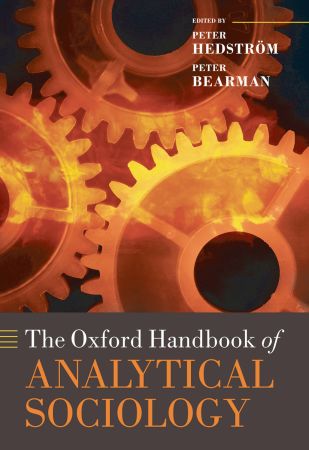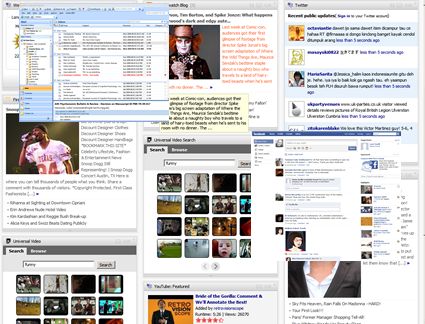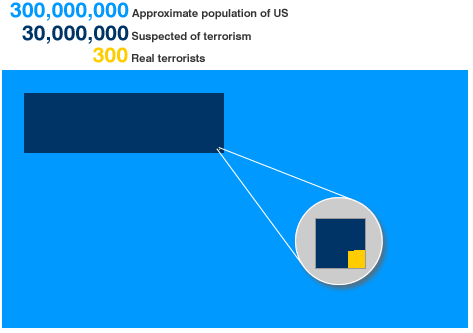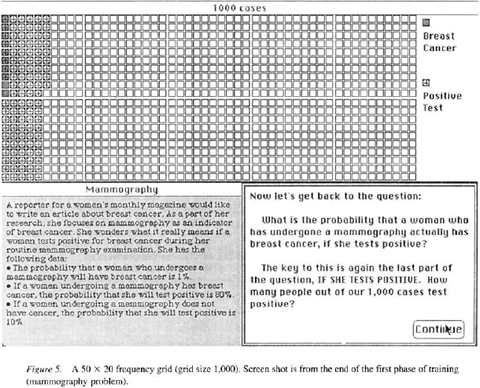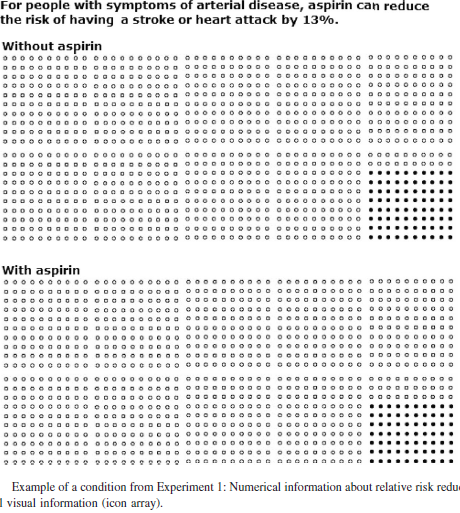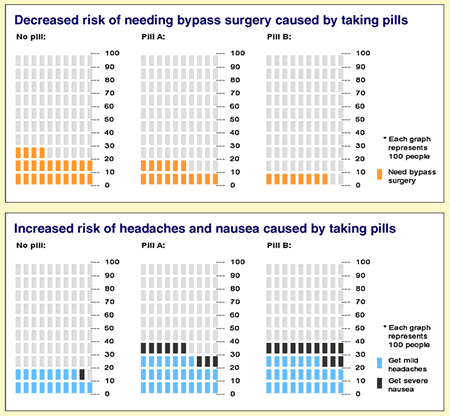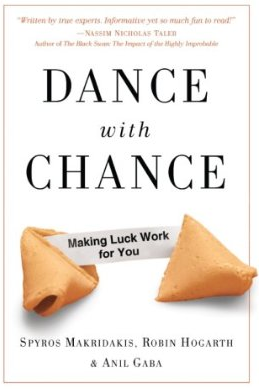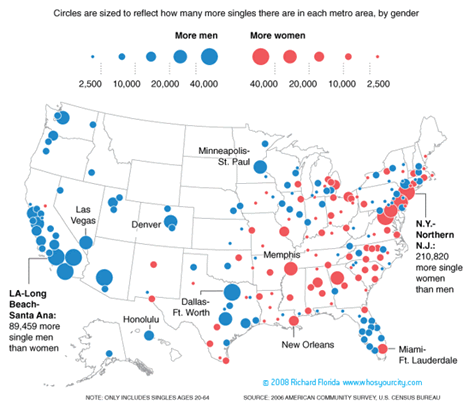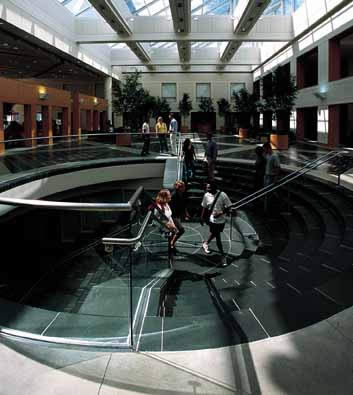How to analyze social data?
THE OXFORD HANDBOOK OF ANALYTICAL SOCIOLOGY
With millions of people connecting in online social networks, researchers across academia are racing to make sense of the terabytes of new social data being generated daily.
Some folks, like Duncan Watts, have been thinking about social networks for a long time, even before the online variants went viral. In fact, throughout the 20th century, the field of analytical sociology has been developing tools to prepare us for where we stand now.Those analytical sociologists: They’ve skated to where the data puck is going and brought us closer to the goal of understanding the social net. (Four hockey allusions in one sentence is a DSN record – Ed.)
You can learn all about it in the The Oxford Handbook of Analytical Sociology
(publisher’s info) and get started by reading the free online chapter What is analytical Sociology all about? An introductory essay by Peter Hedström and Peter Bearman.
TABLE OF CONTENTS
Foundations
1: Peter Hedström and Peter Bearman: What is analytical sociology all about? An introductory essay by Peter Hedström
2: Peter Hedström and Lars Udéhn: Analytical sociology and theories of the middle range
Social Cogs and Wheels
3: Jon Elster: Emotions
4: Jens Rydgren: Beliefs
5: Jeremy Freese: Preferences
6: Trond Petersen: Opportunities
7: Dan Goldstein: Heuristics
8: Diego Gambetta: Signaling
9: Jon Elster: Norms
10: Karen Cook and Alexandra Gerbasi: Trust
Social Dynamics
11: Michael Macy and Andreas Flache: Social dynamics from the bottom up: Agent-based models of social interaction
12: Elizabeth Bruch and Robert Mare: Segregation dynamics
13: Michael Biggs: Self fulfilling processes
14: Matthew Salganik and Duncan Watts: Social influence: The puzzling nature of success in cultural markets
15: Yvonne Åberg: The Contagiousness of Divorce
16: Katherine Stovel and Christine Fountain: Matching
17: Delia Baldassarri: Collective action
18: Meredith Rolfe: Conditional choice
19: James Moody: Network dynamics
20: Duncan Watts and Peter Dodds: Threshold models of social influence
21: Christopher Winship: Time and scheduling
22: Scott Feld and Bernard Grofman: Homophily and the focused organization of ties
23: Joel Podolny and Freda Lynn: Status
24: Ivan Chase and W. Brent Lindquist: Dominance hierarchies
25: Stathis Kalyvas: Conflict
Perspectives from other fields and approaches
26: Richard Breen: Game theory
27: Iris Bohnet: Experiments
28: Hannah Brueckner: Surveys
29: Diane Vaughan: Analytical ethnography
30: Karen Barkey: Historical sociology

